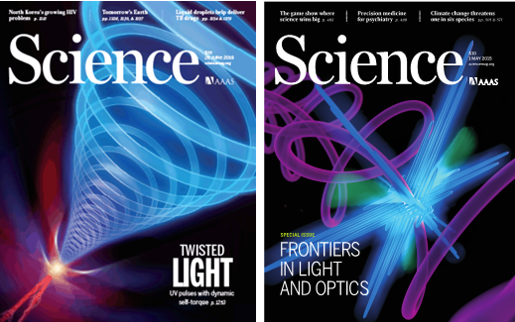SOLUTIONS

Extreme nonlinear optics – exquisite quantum control over short wavelength light
Ever since the invention of the visible laser over 50 years ago, scientists have been striving to create lasers that generate coherent beams at shorter wavelengths i.e. the extreme UV (EUV) and soft X-ray (SXR) regions of the spectrum. This quest has led to the construction of large facilities, such as kilometer-scale x-ray free-electron lasers, to reach the keV photon energy region. Ultimately however, to be broadly accessible for science, medicine and industry, laser-like (i.e. coherent) x-ray sources need to be much smaller and cheaper.
Fortunately, high harmonic generation (HHG)—the coherent equivalent of the Roentgen x-ray tube—represents a unique new quantum technology for generating ultrafast coherent beams spanning the VUV, EUV and keV regions of the spectrum. In HHG, a femtosecond laser pulse is focused into a gas – where it manipulates the quantum wavefunction of an electron, to create a nanoscale dipole antenna. By confining the gas in a waveguide geometry, the HHG process can be very efficient, and useful for a broad range of applications in materials and chemical science. Moreover, by changing the color, polarization and phase of the femtosecond laser beam, the spectrum, pulse duration, polarization, phase and shape of the generated HHG beam can be controlled – on exquisite sub-Å and sub-attosecond (10-18 s) length and time scales. This has allowed us to develop a unique light source that can be tuned from a 12-octave spanning supercontinuum to isolated spectral peaks with full temporal and spatial coherence and with arbitrary polarization and orbital angular momentum charge.
In the future, laser-like coherent hard X-ray high harmonic beams may well become a feasible alliterative to the lightbulb-like x-ray tube that is still ubiquitous in medical imaging – more than a century after Roentgen’s discovery.